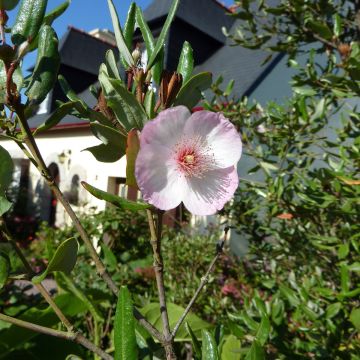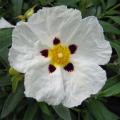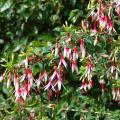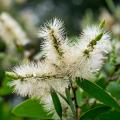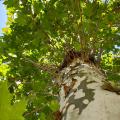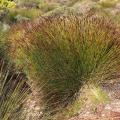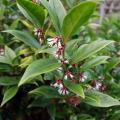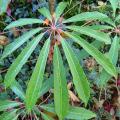Eucryphia
Would this plant suit my garden? Set up your Plantfit profile →
Available in 1 sizes
Available in 1 sizes
Available in 1 sizes
Available in 1 sizes
Available in 1 sizes
The Eucryphia are extremely decorative trees or bushes, often evergreen, with a columnar habit, which are covered in countless fragrant flowers similar to roses in summer. Their charm compensates for their environmental requirements.
Native to the temperate and humid regions of Chile, Australia, and Tasmania, Eucryphia thrive best in our mild oceanic climates and in non-calcareous soils such as ericaceous soil, just like camellias. Eucryphia is a genus in the Eucryphiaceae or Cunoniaceae family, depending on the classification. It includes 5 to 7 species and a few varieties, among which the magnificent hybrid 'Rostrevor' is the most well-known in France. The two Chilean species, Eucryphia cordifolia and glutinosa, were introduced to Great Britain in the mid-19th century. The Tasmanian native Eucryphia lucida is also not to be outdone, with very pretty cultivars with pink flowers such as 'Pink Cloud' or 'Ballerina'. These bushes measure between 3 m (10ft) and 10 m (33ft) in height, depending on the species and cultivars. The hardiness of Eucryphia ranges from -7°C (19.4°F) to -14°C (6.8°F) for the most resistant, allowing them to be grown in the ground in many well-sheltered gardens.
Haven't found what you were looking for?









































